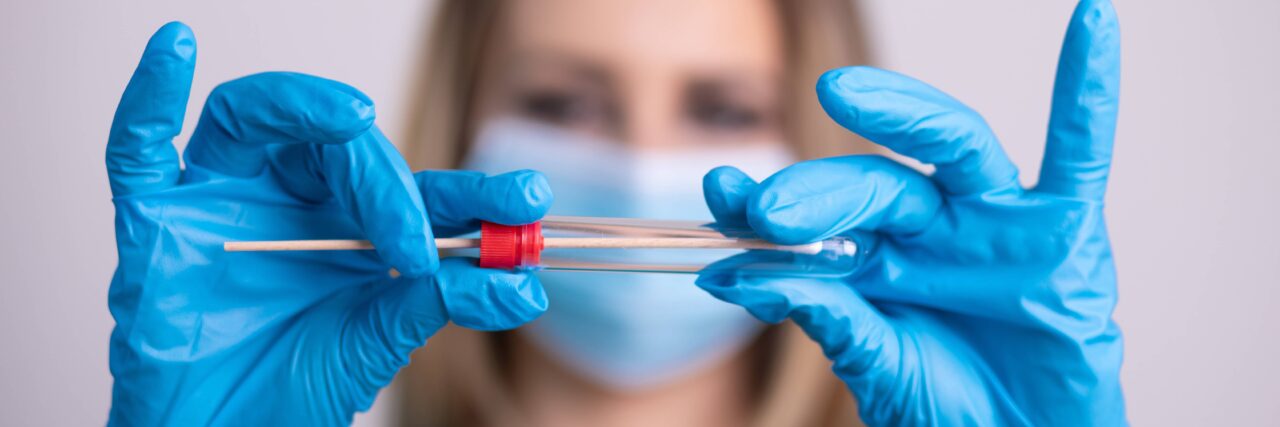
Florida health officials reported more than 4,400 new coronavirus infections on Tuesday.
The same day, another 132 COVID-19-related deaths were added to state totals. That death toll marked somewhat of a spike after two days when new deaths numbered in double-digits per day.
A daily report on infections showed total positive tests for COVID-19 in Florida have climbed to 1,952,733. That total, which dates back to the virus surfacing in Florida in March 2020, includes 1,916,774 Florida residents and another 35,959 out-of-state visitors who were tested while in Florida.
The caseload marks an increase of 4,436 new cases since Monday’s report.
The human loss from the virus in the state climbed to 32,481 total deaths, including 31,889 Florida residents and 592 visitors who lived elsewhere but died here.
The increase in diagnoses came after the Department of Health recorded results from 91,613 tests on Monday. Of those, 6,926 came back positive, or 7.56%. Health officials consider the spread of the virus contained as long as the positivity rate remains below 10%, where it has been for more than a month. Looking at only new cases among Florida residents, the positivity rate was at 5.87%.
Meanwhile, health officials report 5,606,473 doses of vaccine have been administered in the state.
A total of 3,658,030 individuals have received at least one dose of the vaccine.
That includes 1,692,090 who received their first shot of the Moderna or Pfizer vaccines and still need a second dose. Another 1,948,443 have received two doses of one of those shots. And another 17,497 individuals have received the one-shot Johnson & Johnson vaccine.
The Centers for Disease Control and Prevention have yet to provide a Tuesday update on variant strains of the coronavirus in the state.
Editor’s note on methodology: The Florida Department of Health releases new data every morning around 10:45 a.m. The total number reported in those daily reports include the previous day’s totals as well as the most up to date data as of about 9:30 a.m.
Florida Politics uses the report-over-report increase to document the number of new cases each day because it represents the most up-to-date data available. Some of the more specific data, including positivity rates and demographics, considers a different data set that includes only cases reported the previous day.
This is important to note because the DOH report lists different daily totals than our methodology to show day-over-day trends. Their numbers do not include nonresidents who tested positive in the state and they only include single-day data, therefore some data in the DOH report may appear lower than what we report.
Our methodology was established based on careful consideration among our editorial staff to capture both the most recent and accurate trends.



